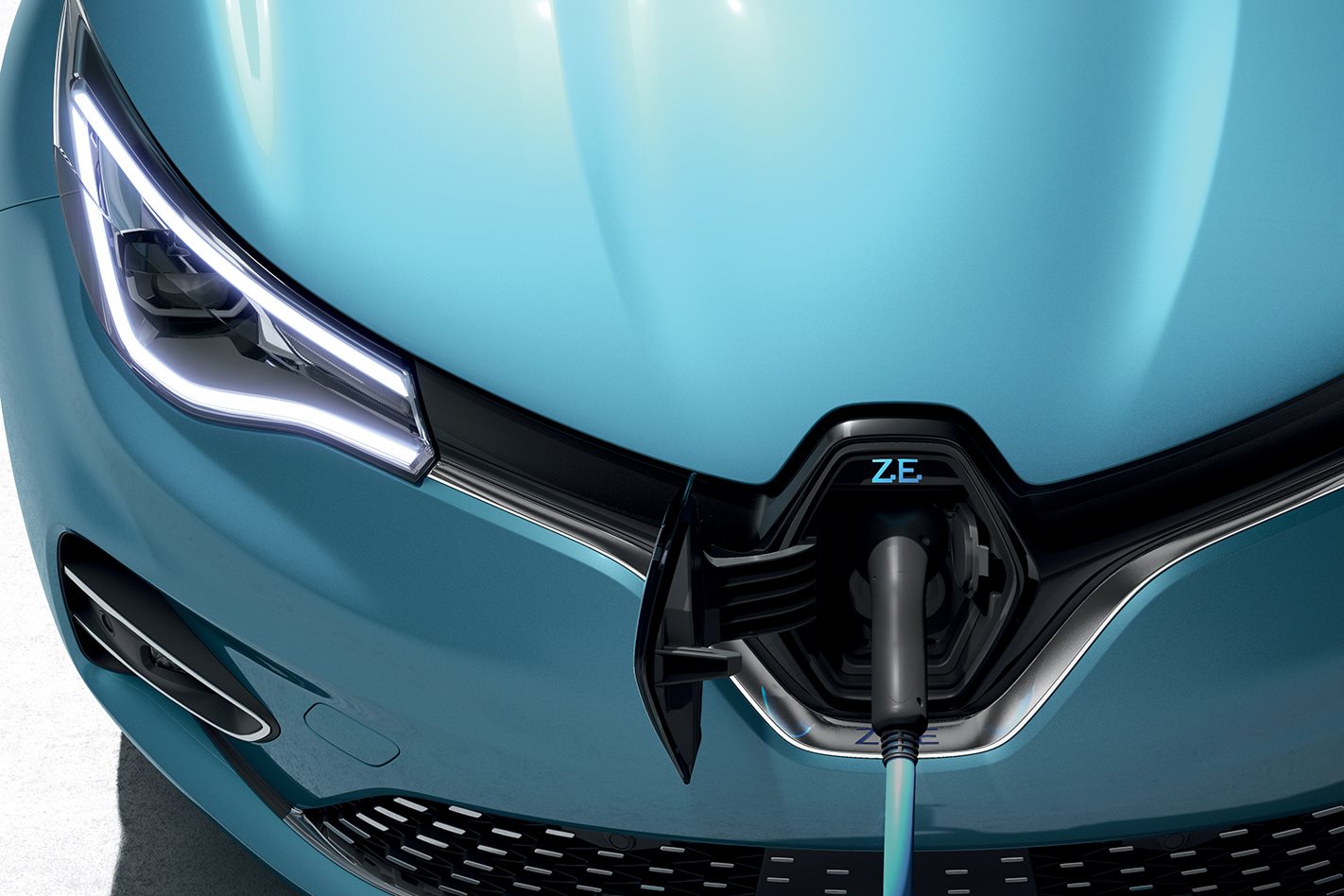
Let’s face it: the financial argument for buying an electric car was always sketchy at best. We’ve run the numbers before, and unless you’re looking at premium vehicles where the cost of batteries can be more easily amortised, the payback period for an EV is often much longer than most motorists are willing to tolerate.
What’s a payback period? In this context, it’s the length of time an electric car takes to recoup its retail price premium over a combustion-engined equivalent.
EVs do that primarily by running on low-cost electricity, but also through lower long-term maintenance requirements and special feed-in schemes like vehicle-to-grid charging. Trigger warning: there’s plenty of maths ahead, so stay sharp.
The last time we examined this question, we compared the $27,790 Hyundai i30 Elite with the $48,490 Hyundai Ioniq Electric Elite, and on a dollar-per-kilometre basis the i30 came out at $0.11/km while the battery-toting Ioniq cost just $0.05 in the worst-case scenario (using South Australia’s expensive electricity). However, that was back when the cost of fuel was $1.41.
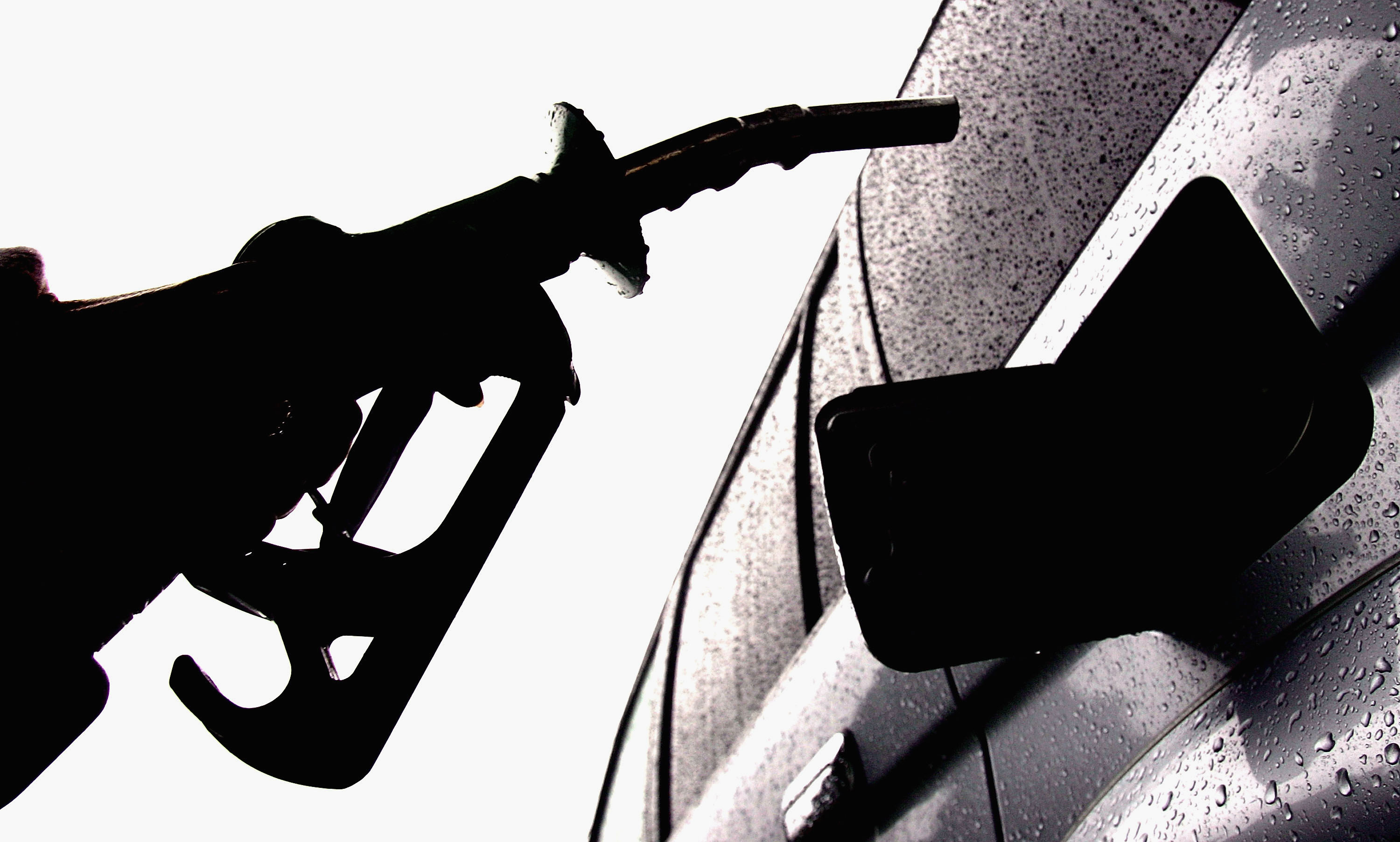
Right now, the average price of 91-octane petrol is bang on $1.00 per litre in Melbourne, while the national average is $1.17.
Applying that to our Hyundai-vs-Hyundai comparison revises the cost per kilometre (CPK) for the petrol-huffing i30 fall to 8.6 cents. That’s still appreciably more than the Ioniq Electric’s CPK (which hasn’t really changed), and with electricity costs expected to gradually fall as social isolation measures and economic downturn take hold, the EV should still come out ahead even if fuel gets even cheaper.
Right?
Well, no. Let’s expand those numbers out to a yearly projection to better illustrate this, and we’ll also cover the one game-changing metric that’s often overlooked by EV enthusiasts.
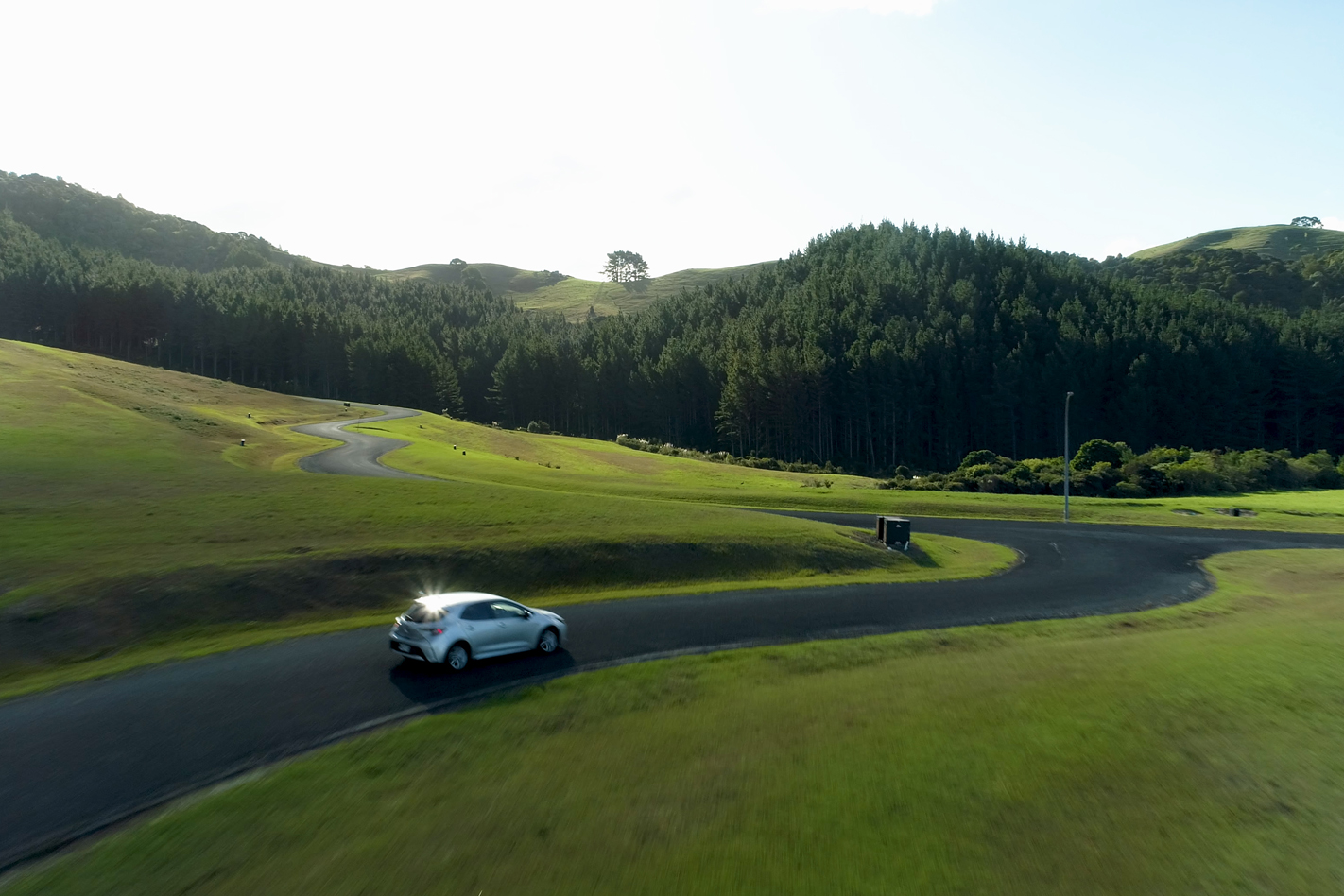
According to the Bureau of Statistics the average Aussie motorist travels some 15,530km over the course of 12 months. Back in November last year, the i30 would have cost $1633.75 in fuel to travel that distance, while the Ioniq Electric would have added $719 to your household electricity bill if you only ever charged it up at home (again, that’s using SA’s pricey power – it would be even less in other states or if you were using your own solar-generated power).
But now, while the Hyundai Ioniq Electric still costs just about as much, the i30’s yearly fuel bill drops to $1344.58. In other words, you have the Saudis and Russians to thank for a triple-digit saving in your annual fuel costs.
What’s more, there are fuel stations selling 91RON for as little as 73 cents per litre in Sydney and 83 cents per litre in Melbourne. The tipping point is 68 cents per litre – at that price, our petrol-powered i30 example will have the same theoretical CPK as the Ioniq Electric, and the Ioniq’s payback period thus stretches to infinity.
Fuel is dead cheap right now, and experts are saying it’s going to stay that way for a while, if not get even cheaper.

Oil demand is forecast to drop by a record 9 million barrels per day according to the International Energy Agency, plunging back to levels not seen since almost a decade ago.
That’s got a lot to do with social isolation measures and the change in commuter behaviour that’s expected to linger as many companies decide to allow greater working-from-home flexibility for their employees. Fuel usage by the aviation sector will also take a while to recover to usual levels, which also affects the supply/demand pricing dynamic.
But what’s that “game-changing metric” we mentioned before? It’s depreciation, and while the i30 and Ioniq have the same three-year retained value figure of 54 percent (according to Glass’ Guide), their vastly different retail prices sees the Ioniq lose just under $10k more in depreciation alone.
And you can do the maths to figure out just what effect low-cost fuel will have on the payback period. In fact, we’ll do it for you: with the difference in annual running costs between the Ioniq and i30 now coming in at $625, the period of ownership needed to close the gap in the two cars’ retail pricing stretches to 33 years. When fuel cost $1.41 per litre, that gap was a still-extreme – but far more feasible – 22.5 years.
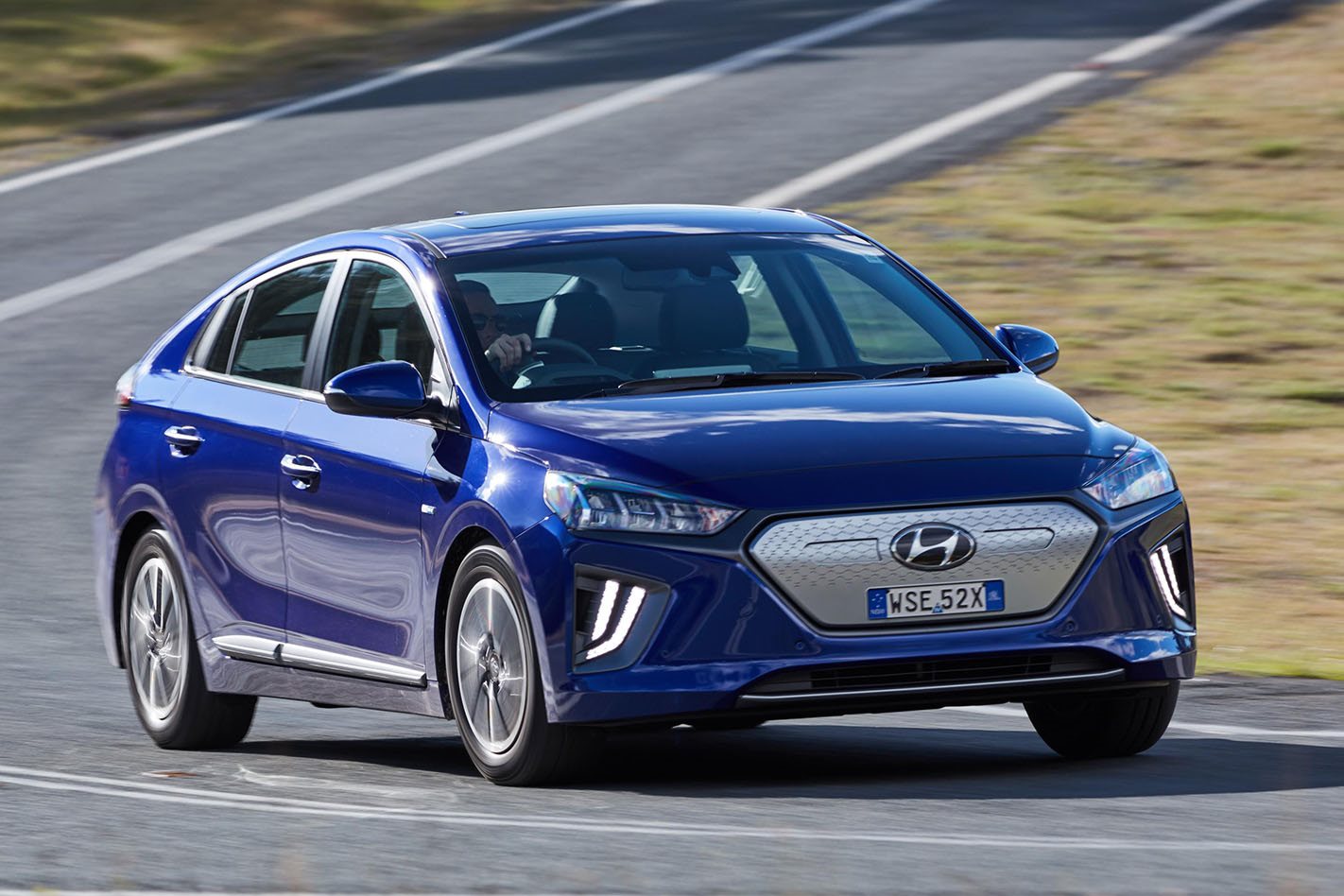
Even if you can get that Ioniq’s CPK down to zero, the payback period will still come in at 15 years if fuel prices stay the same. That does seem unlikely, but the message is clear – EVs will only begin to make financial sense for the mainstream public if either the cost of fuel skyrockets again, the retail prices come down, or a combination of the two happens.
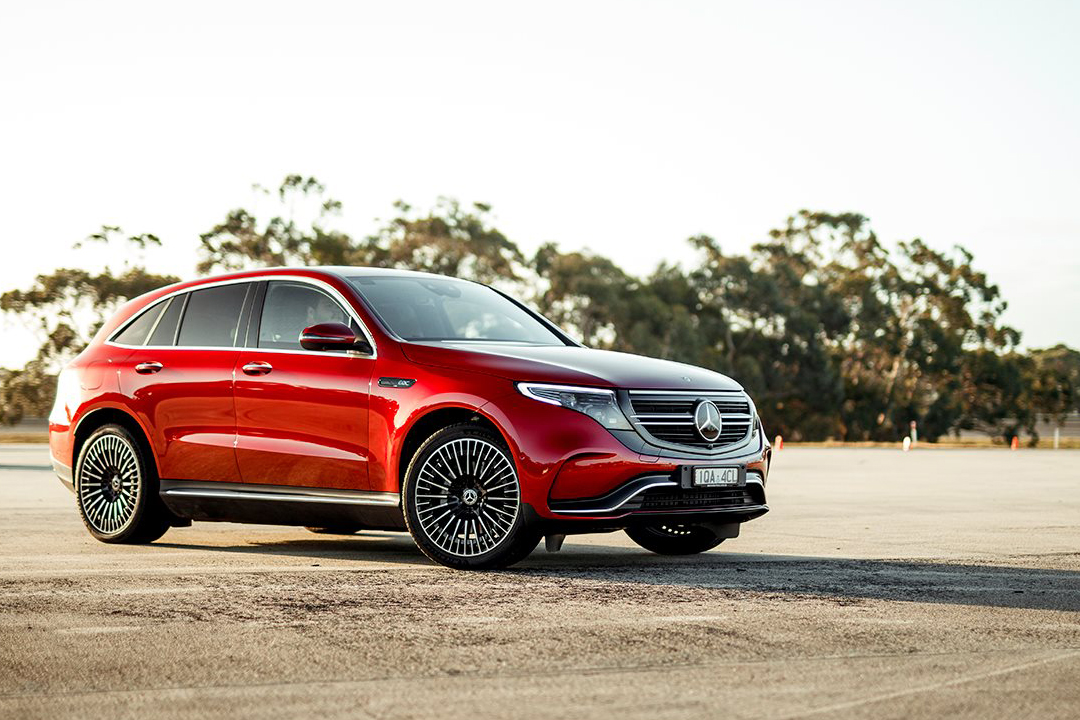
There’s also one notable exception to this rule, which we touched on at the start. Luxury cars broadly have much lower price differentials between combustion-engined and all-electric rivals, and in some cases the difference is almost non-existent. The Tesla Model 3 starts at $67K, for example, while the similarly-performing BMW 330i retails for $70K.
At those kinds of pricetags, the extra cost of an expensive battery pack can be more easily absorbed and there is no payback period to speak of. In fact, opting for the EV might actually leave you with more dollars in your pocket from the get-go.
For those of us who can’t stretch the budget that far, however, the dream of affordable electric motoring seems that little more distant for now.



